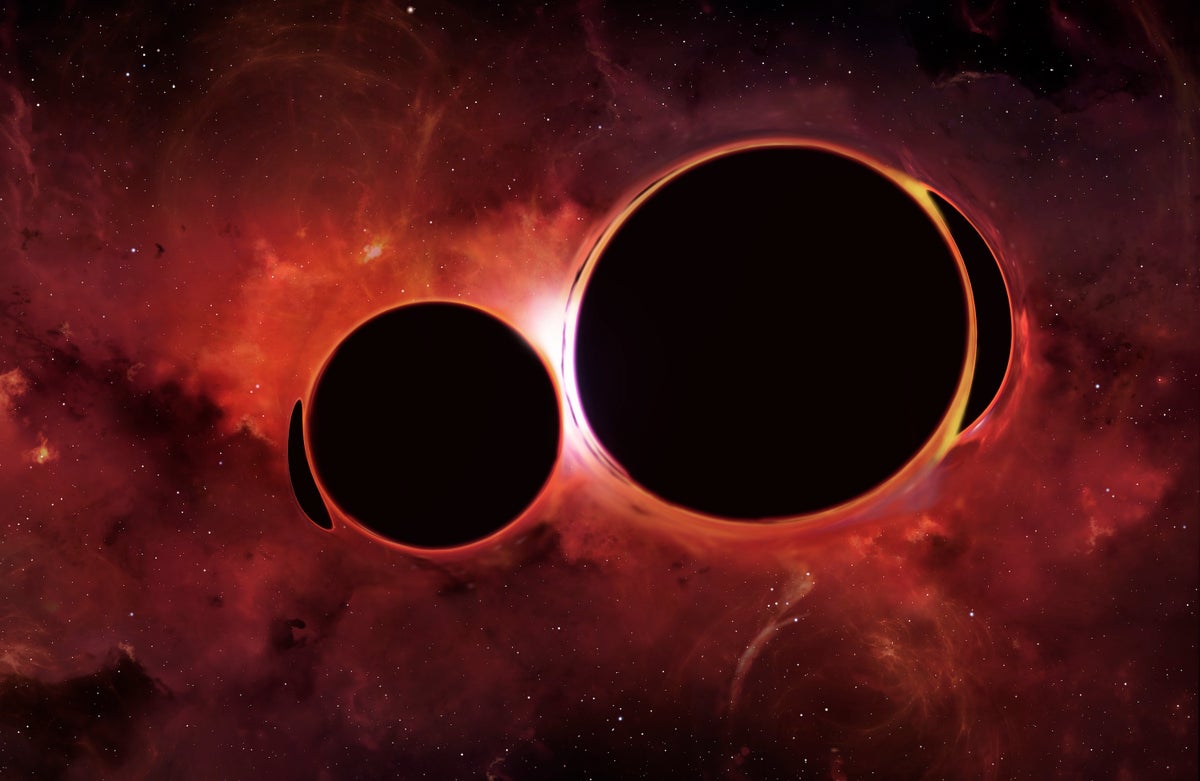
"Gravitational waves traveled for over a billion years before reaching Earth, marking a significant milestone when LIGO detected their signal on September 14, 2015."
"LIGO has observed over 300 gravitational-wave events, revealing unexpected populations of black holes and leading to the most massive merger of two black holes ever recorded."
"Gravitational-wave astronomy, a collaboration between LIGO, Virgo, and KAGRA, is a data-rich frontier that tests general relativity and provides insights into the universe's expansion."
"LIGO's advancements in quantum technologies not only enhance cosmic detection but also have promising applications in microelectronics and quantum computing."
A pivotal event occurred on September 14, 2015, when LIGO detected gravitational waves from a cosmic collision of two black holes, marking a historic milestone in astrophysics. Following this detection, over 300 gravitational-wave events have been observed, uncovering unexpected populations of black holes. The collaboration between LIGO, Virgo, and KAGRA has propelled gravitational-wave astronomy to new heights, testing aspects of general relativity and measuring cosmic expansion. LIGO's advancements have also influenced technologies beyond astronomy, particularly in quantum technologies, earning its founders the Nobel Prize in Physics in 2017. However, challenges remain in the field.
Read at www.scientificamerican.com
Unable to calculate read time
Collection
[
|
...
]